Do Chiropractors help Patients with Headaches?
By Dr. Michael Veal BSc (HONS) D.C. CCEP
Well for people who have successfully seen chiropractors for treatment this is an easy question to answer. The answer of course being YES!!! However, there are many people in the local areas of Gorey Arklow and Wexford who suffer from Headaches who have never heard of Chiropractors or never had Chiropractic explained to them properly, so have never realised the overwhelming benefit Chiropractic treatment can have for headache sufferers.
At Gorey Family Chiropractic Clinic, we have seen many patients over the years suffering from headaches particularly and the most common thing we hear after Chiropractic treatment for headaches is that they wished they had treatment years ago or that they wished they knew a link existed between poor function of their neck and their headaches. So if you’re sitting reading this and are suffering from headaches, let’s go through the causes and treatment of the most common types of headaches and what the options are for treatment outside of your pain medication.
1.) Tens ion Headaches (Also known as Stress Headaches or Cervicogenic headaches)
ion Headaches (Also known as Stress Headaches or Cervicogenic headaches)
This is the most common type of headache, with an estimated 80% related to stress. This can be due to both physical (poor posture, joint dysfunction in your neck etc) or psychological (work deadlines, stress etc).
Several of the nerves that exit the highest proportion of the neck loop back to travel over the top of the head to the forehead. These nerves pass through a triangle of muscles below the skull called the sub-occipital triangle. (see below)
If the muscles become irritated (i.e. due to physical or psycholo gical stress) they tighten, squeezing the nerves passing through the triangle. This can create pain in the base of the skull, temples, forehead, bridge of the nose or behind the eyes. It can also be accompanied by tightness and pain in the upper part of the neck and is also often noticed in the muscles at the base of the neck towards the back of your shoulders.
gical stress) they tighten, squeezing the nerves passing through the triangle. This can create pain in the base of the skull, temples, forehead, bridge of the nose or behind the eyes. It can also be accompanied by tightness and pain in the upper part of the neck and is also often noticed in the muscles at the base of the neck towards the back of your shoulders.
Evidence based research has demonstrated clear benefits between chiropractic care and this form of headache. This is through addressing the underlying issues that cause the headache i.e the joint stiffness, muscular tightness, muscular imbalances, postural problems.
2.) Sinus Headaches
 When a sinus becomes infected, inflamed and congested it usually causes pain. There can also be fever related to the condition. The sinus headache is usually worse when waking in the morning because mucous has been collecting and draining while you were laying down. It’s also worse when you go from a warm house out into the cold, or when you bend over or lie down.
When a sinus becomes infected, inflamed and congested it usually causes pain. There can also be fever related to the condition. The sinus headache is usually worse when waking in the morning because mucous has been collecting and draining while you were laying down. It’s also worse when you go from a warm house out into the cold, or when you bend over or lie down.
These type of headaches can be treated by your General Practitioner with antibiotics, as well as antihistamines or decongestants. But if that doesn’t work in the long term, it may be worthwhile being assessed by your local Chiropractor to evaluate whether other underlying spinal factors could be contributing and making your headaches worse. Should this not be the case a referral can then be recommended to an appropriate specialist.
Chiropractic care has long been shown to be a very safe and effective form of treatment for Migraine headaches. Migraines can be caused by a number of trigger factors e.g diet but links have always existed between migraines and poor function of the  neck.
neck.
Exciting research by dental researchers recently came to a very interesting conclusion for the onset of Migraines. The researchers found a small ligament that connected the upper most vertebra (the Atlas) of the spine to the outer layer of the spinal cord (the dura mater). It was theorized that abnormal position or motion of the Atlas bone would likely place tension on the spinal cord altering the cerebro-spinal fluid pressure in the brain.
Thankfully, Chiropractic treatment of the spinal joints has been shown to restore proper joint motion and position and this often provides relief and improved quality of life for migraine headache sufferers.
Gorey Family Chiropractic Clinic: Supporting your Recovery
We realise it can be confusing knowing where to choose for your healthcare services. If you, a friend or family member requires care for headaches, neck or back pain, we sincerely appreciate the trust and confidence shown by choosing our services at Gorey Family Chiropractic and look forward to helping you in the future.
If you are suffering from any of the types of headaches mentioned and are based around Gorey, Wexford, Arklow or Carlow it may be time to be checked. Why not call Gorey Family Chiropractic today to make an initial consultation appointment.
For your convenience all of our clinical team are registered with VHI, Aviva and Laya Healthcare allowing clients claim reimbursement from a wide range of private healthcare Insurance providers.
Opening hours Mon 8-7, Tues 9-5, Wed 8-7, Thurs 9-5, Frid 8-7
Tel: 053 94 83338 or alternatively email info@chiropractor.ie


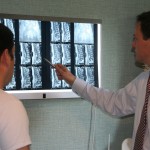
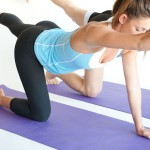
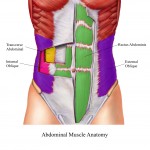
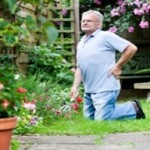

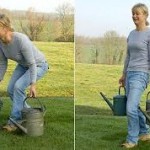
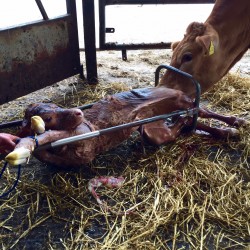
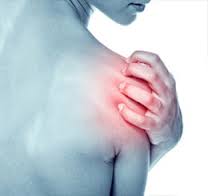

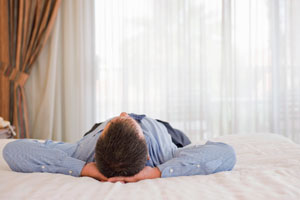


Leave a Reply